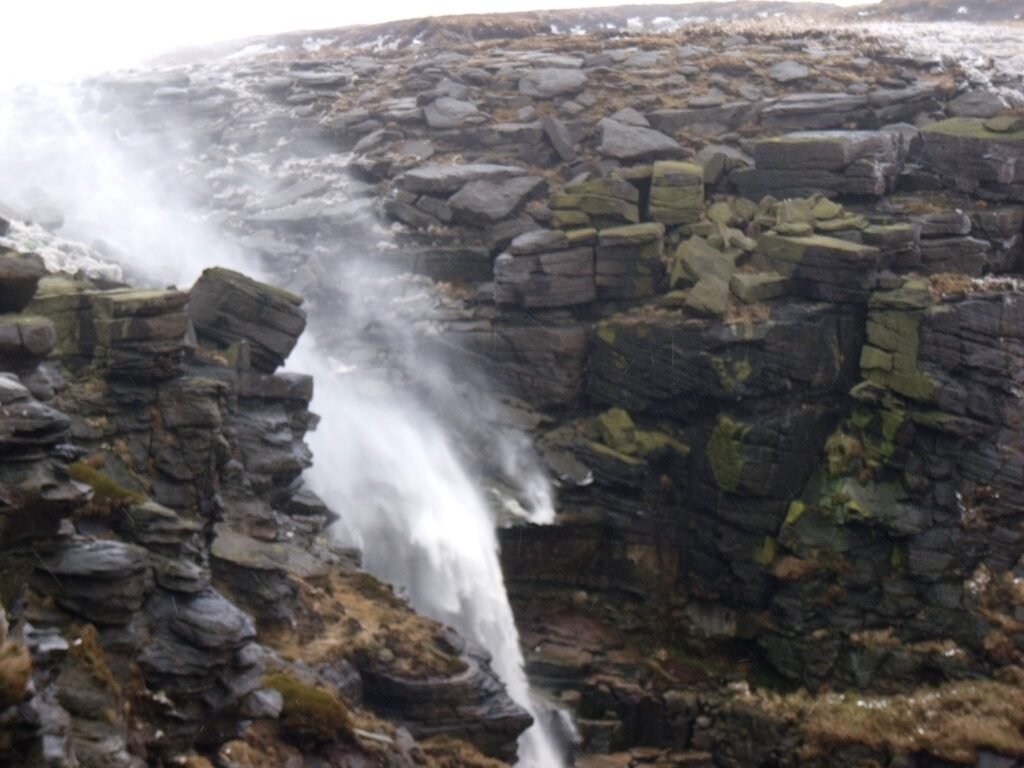Nature loves to surprise us with unexpected spectacles. Picture a waterfall flowing upward instead of down, defying our basic understanding of gravity. These are not scenes from a fantasy movie but real phenomena that occur when powerful winds clash with cascading water, creating one of the world’s most mesmerizing natural displays.
Reverse waterfalls happen when water is blown upward due to strong wind in waterfalls, giving an apparent perception of water flowing upwards. This remarkable sight transforms ordinary waterfalls into extraordinary natural wonders. So let’s dive into the fascinating world of waterfalls that flow backwards when nature unleashes its forces.
The Science Behind Nature’s Magic Trick
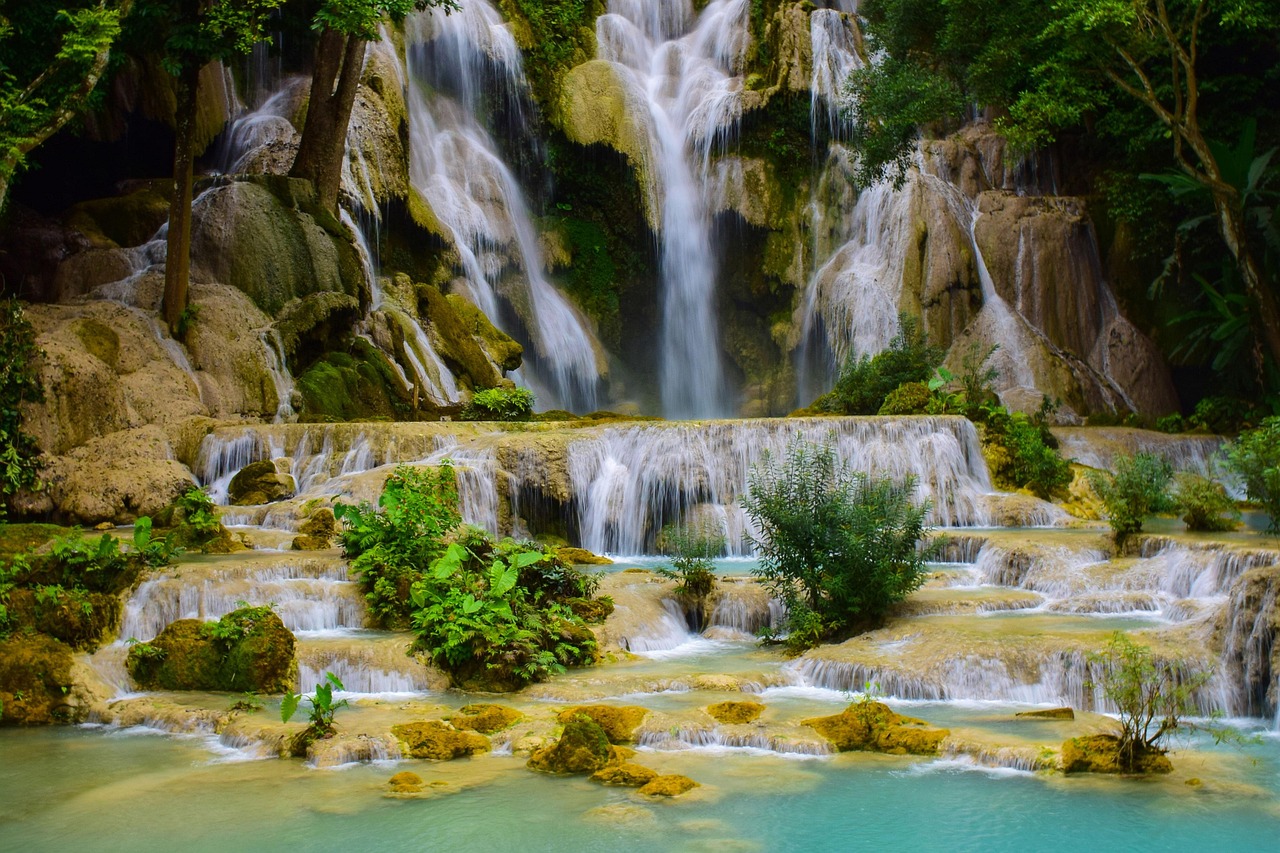
Strong winds of about 56-64 kilometers per hour (35-40 mph) or higher can cause such phenomena. The physics behind reverse waterfalls is surprisingly straightforward yet magical in its execution. When these elements align, the falling water meets an upward wind force greater than the downward pull of gravity acting on the droplets, causing the intriguing gravitational reversal of the waterfall.
The phenomenon occurs when powerful updrafts hit the cliff faces where waterfalls descend. Meteorologists say ‘reverse waterfalls’ occur when high winds come off the ocean and hit the cliffs with such force that it pushes the water back up the way it came. Think of it like a natural battle between two forces of nature, where wind temporarily triumphs over gravity.
The Wind Speed Requirements

You can’t just have any breeze to create this spectacular phenomenon. This phenomenon occurs when the wind speed is sufficiently high – usually around 56-64 kilometers per hour (about 35-40 miles per hour) or more – and the geographic conditions favor strong updrafts. These aren’t gentle summer breezes but powerful gusts that can challenge even experienced storm chasers.
The rare and unique phenomenon typically requires wind speeds of around 35-40 miles per hour or higher. However, sometimes even lower wind speeds can create partial reversals. Weather experts recorded winds raging at 45 miles per hour (70 kilometers per hour) at the Royal National Park south of Sydney, where the video was recorded.
Perfect Geological Conditions
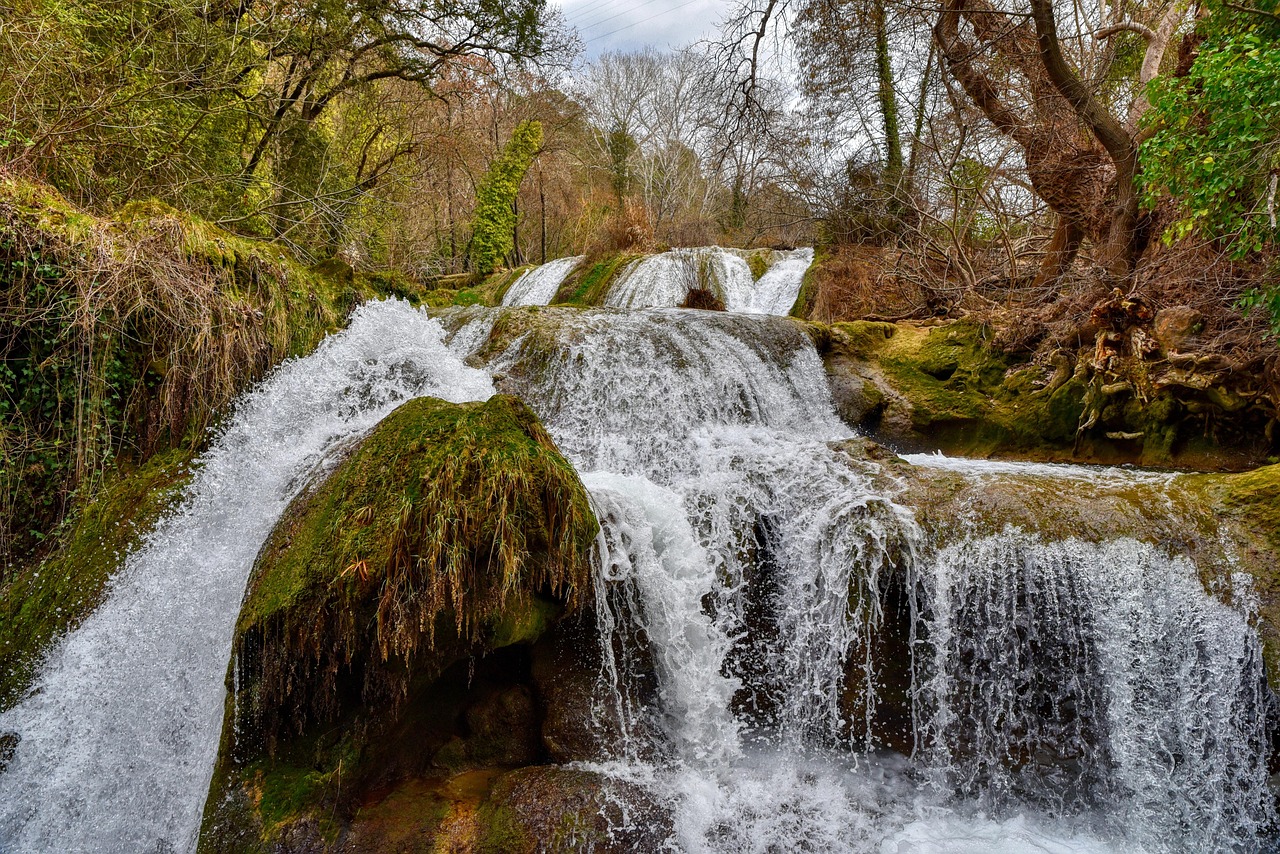
Not every waterfall can become a reverse waterfall, even with hurricane-force winds. Narrow cliffs, steep hills, or particular orientations with respect to prevailing winds create ideal conditions. Locations with sharp slopes or mountain passes often have wind patterns channelized to accelerate upward flows. The geography must be just right to create these natural wind tunnels.
Waterfalls with thin streams or cascading sheets that can be easily dispersed by the wind are more likely to exhibit this phenomenon than those with heavy, voluminous flow. Imagine trying to blow out candles versus trying to deflect a fire hose. The lighter, more dispersed the water flow, the easier it becomes for wind to work its magic and create this stunning reversal.
Hawaii’s Upside-Down Wonder

Located on the island of Oahu in Hawaii, Waipuhia Falls is a hidden gem often referred to as the “Upside-Down Waterfall.” Also known as the Upside Down Waterfall, the Waipuhia Falls flow over a cliff on Mount Konahuanui. But before they can reach the ground they are met with the powerful north easterly trade winds that catches the water and forces it up the walls of the cliff.
This Hawaiian marvel offers visitors a unique viewing experience. You will be able to see this amazing upside-down waterfall while driving toward Kailua on Oahu’s Pali Highway. This Upside Down Falls is visible on the right-hand side of the road when traveling east on this highway. It is said that the water of this waterfall never touches the ground due to the strong wind blowing from Mount Konahuanui.
England’s Famous Kinder Downfall

Kinder Downfall is located in the Peak District of England, near the village of Hayfield. It is the tallest waterfall in the region, standing at 30 metres (98 feet) high. This English treasure has gained fame for its frequent backwards displays. This waterfall is renowned in the UK for frequently reversing during windy days, particularly in autumn and winter. The high winds and exposed cliff formation make it a favorite subject for nature photographers.
What makes this waterfall unique is how it flows backwards during strong winds, particularly in the winter and spring. When the wind gusts through the valley, it forces the water upwards, creating a stunning reverse flow. The Peak District amongst other highland areas commonly see this in autumn and winter when strong winds can occur. The Kinder Downfall waterfall in the Kinder Scout area of the Peak District regularly exhibits this phenomenon.
India’s Monsoon Marvels
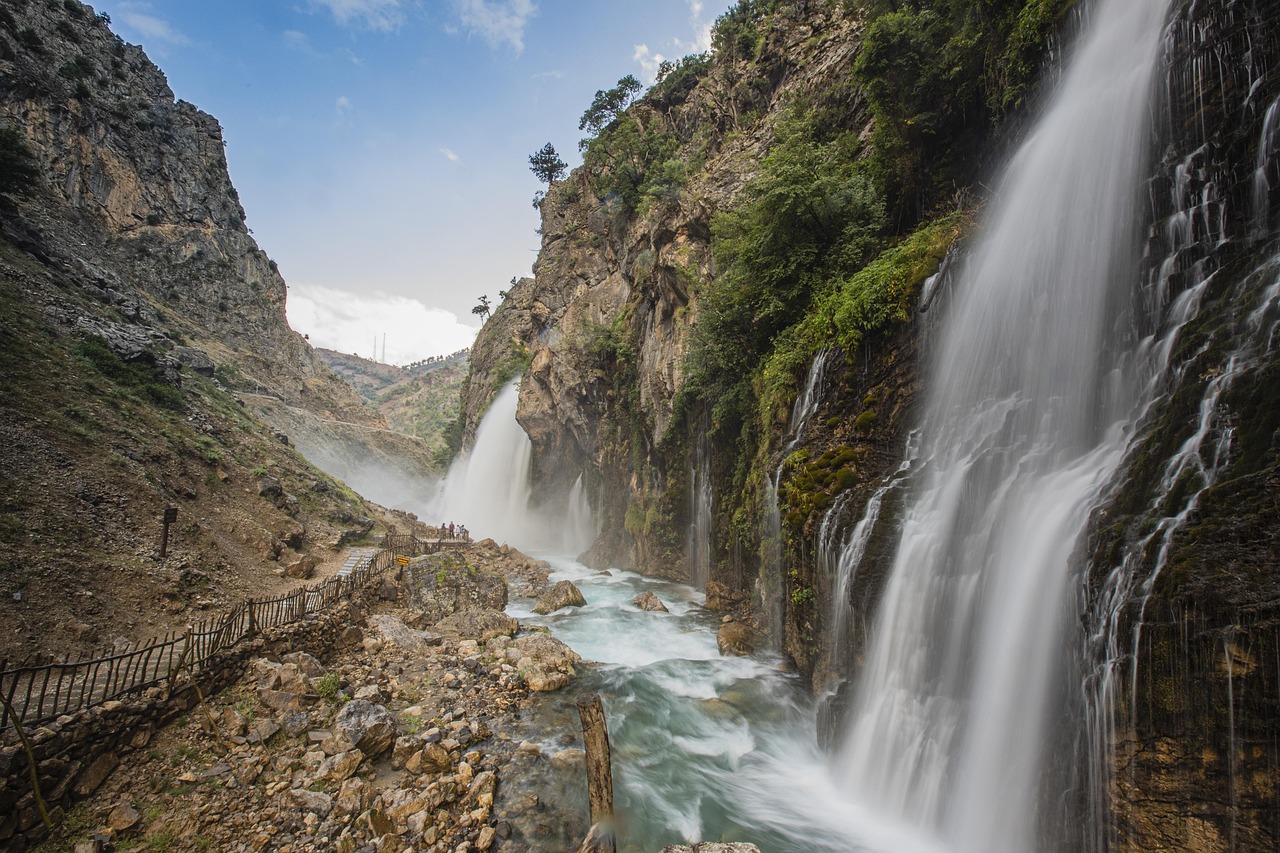
India showcases some of the world’s most spectacular reverse waterfalls during monsoon season. The Naneghat Reverse Waterfall is another incredible sight, located in the Western Ghats of Maharashtra, India. Naneghat, a historic mountain pass, is a popular trekking destination, drawing visitors who want to see the reverse waterfall and the lush greenery surrounding it.
One of the best places to witness the phenomenon of reverse waterfall in India is Naneghat Maharashtra. Located in the Western Ghats, a few hours away from Pune, the highland cliffs of Naneghat become alive with greenery after the monsoon season. The waterfalls are heavy with rainwater and the fierce winds hitting the high cliffs force the falling waters away from their natural trajectory in an upwards spray of mist. The reverse waterfall in Naneghat is among the notable examples of this phenomenon and a popular destination for witnessing it.
Australia’s Storm-Driven Spectacles
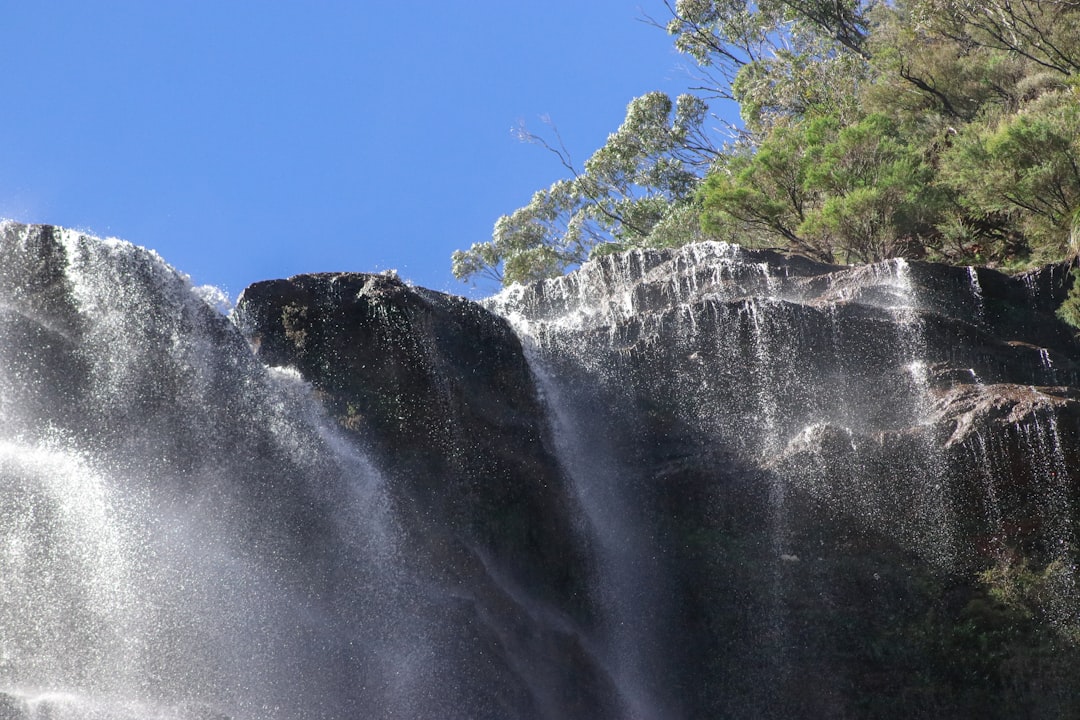
Australia has witnessed some dramatic reverse waterfall displays during severe weather events. During a recent storm, waterfalls on the East coast of Australia seemingly flowed in reverse. Weather experts recorded winds raging at 45 miles per hour (70 kilometers per hour) at the Royal National Park south of Sydney. The aerial footage shows two waterfalls along the coastal path near Bundeena in the Royal National Park, south of Sydney. The protected park is famous for its stunning clifftop views featuring waterfalls that flow off the edge of the sandstone cliffs straight into the ocean.
Two years ago, the people of Sydney were taken by surprise when they witnessed a few waterfalls in reverse direction at Royal National Park. This event gained the attention of the media worldwide. The area received heavy torrential rain leading to increase in volume of the waterfalls which was followed by strong winds blowing at the speed of 70 kilometers per hour at the cliffs which led to the water flowing upwards. The spectacular scenes were captured on video, showing not only the waterfall blowing straight back up over the cliff and into the air but the rainbow it creates as it sprays upwards.
Utah’s Dramatic Wind Events

The American Southwest has provided some stunning examples of reverse waterfalls caught on camera. In January 2023, a photographer captured drone footage of a rare natural phenomenon in southwest Utah: a reverse waterfall. Photographer RJ Hooper observed the phenomenon about 50 miles west of Zion National Park. He added that his drone struggled against the 60-mile-per-hour wind over the cliff edge.
A photographer in Utah captured the exact moment when 40 to 60 miles per hour winds stopped a waterfall near Ivins from flowing down to the canyon below. A photographer in Utah captured the exact moment when 40 to 60 miles per hour winds stopped a waterfall near Ivins from flowing down to the canyon below. In a Facebook post, Hooper said of this reverse waterfall, “Seriously the most incredible day for such unique conditions … In the last 20 years, I can only remember a couple of times the waterfalls in Kayenta [Utah] flowed backwards.”
Nature continues to astonish us with phenomena that challenge our expectations. These reverse waterfalls remind us that even fundamental forces like gravity can be temporarily overcome by the raw power of wind. From the tropical trade winds of Hawaii to the fierce monsoons of India and the coastal storms of Australia, these backwards-flowing wonders offer spectacular proof that our planet still holds surprises for those patient enough to witness them.
What do you think about these gravity-defying spectacles? Have you ever witnessed nature pulling such an incredible trick? Share your thoughts in the comments.

